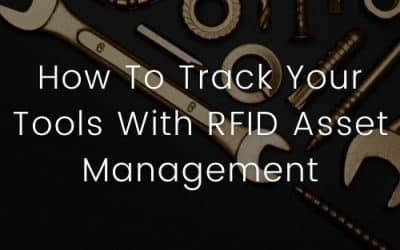Optimise your asset tracking with automated updates and faster audtiting capabalities. RFID asset tracking is quick, effective and, now, simple.
itemit Asset Tracking Blog.
Learn more about the world of asset tracking software
Topics
Industries
How Does An RFID Asset Tracking System Work?
How does an RFID asset tracking system work? Find out more about the benefits of logging, managing, and tracking your assets using RFID asset tags.
What Is A Passive RFID Asset Tracking System?
Discover how a passive RFID tracking system can automate asset management, saving you time and money with efficient RFID technology.
How To Track Your Tools With RFID Asset Management
RFID asset management makes tool tracking easy and effective. Find out how to track your tools with RFID here. Contact the team today to find out more!
How To Use A Simple RFID System For Your Asset Tracking
A simple RFID system helps you automate your asset tracking operations. Find out how to improve high-value asset management and more!
The Benefits Of RFID Asset Tracking
What are the benefits of RFID asset tracking? Find out more about how you can save more time and money by automating your operations.
How Does RFID Asset Tracking Work?
Find out more about RFID asset tracking and how it works. Learn about itemit’s award-winning RFID features and systems and how it can help your business.
Why Fixed RFID Is The Future Of Asset Tracking
Fixed RFID asset tracking gives you more automation and more control over your asset register. Automate your operations and save time and money.
What is RFID Asset Tracking?
What is RFID asset tracking? Find out more about fixed RFID, automation, and how you can track your assets easily and effectively.
itemit Innovation Provides Off-the-Shelf Fixed RFID Reader Asset Tracking Solution
itemit’s latest innovation means that off-the-shelf fixed RFID reader asset tracking is available for all. Find out more, here.
How Fixed RFID Readers Will Transform your Asset Tracking
Fixed RFID readers will transform your asset tracking by automating your asset tracking processes. Save time on accounting for assets.
Medical Equipment Management Software: How to Use RFID to Track Medical Equipment
RFID will improve the way you track your medical equipment and PPE. Use the itemit medical equipment management software to maintain equipment and monitor asset condition and stock levels.
Don't just track it. itemit.
Start your trial. 14 days. No risk. No credit card.



